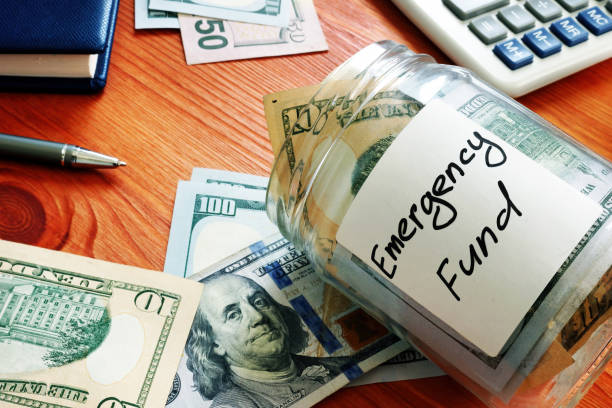In today’s uncertain world, having an emergency fund is crucial for financial security and peace of mind. An emergency fund is a dedicated savings account that serves as a safety net for unexpected expenses, such as job loss, medical emergencies, or major home repairs. By having this financial cushion, you can avoid going into debt or making rash decisions that could jeopardize your long-term financial goals.
What is an Emergency Fund and Why is it Important?
An emergency fund is a readily accessible source of funds set aside specifically for emergencies or unforeseen circumstances. It is designed to cover your essential living expenses, such as rent or mortgage payments, utilities, food, and transportation, during times of financial hardship.
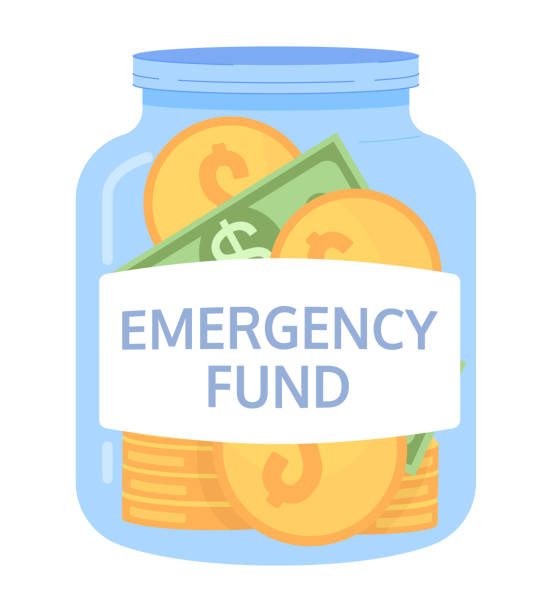
The importance of an emergency fund cannot be overstated. Without one, even a minor setback can quickly spiral into a major financial crisis. Having an emergency fund provides numerous benefits:
- Financial Security: An emergency fund acts as a safety net, allowing you to weather temporary financial storms without accumulating high-interest debt or depleting your retirement savings.
- Peace of Mind: Knowing that you have a financial cushion can significantly reduce stress and anxiety about unexpected expenses, allowing you to focus on other aspects of your life.
- Avoid Debt Traps: With an emergency fund in place, you won’t have to rely on high-interest credit cards or predatory loans to cover unexpected costs, which can lead to a vicious cycle of debt.
- Protect Your Long-Term Goals: By having an emergency fund, you can avoid disrupting your long-term financial plans, such as saving for retirement or a down payment on a home, when faced with an emergency.
Real-life examples of emergencies that may require dipping into your emergency fund include:
- Job loss or reduction in income
- Major medical expenses not covered by insurance
- Unexpected home or car repairs
- Natural disasters or other emergencies
- Temporary inability to work due to illness or injury
Determining Your Emergency Fund Goal
The amount you should save for your emergency fund depends on various factors, including your living expenses, job security, and whether you have dependents. Generally, most financial experts recommend having enough to cover 3 to 6 months’ worth of essential living expenses.
To determine your emergency fund goal, follow these steps:
- Calculate Your Monthly Essential Expenses: Make a list of your essential monthly expenses, such as rent or mortgage payments, utilities, groceries, transportation costs, and minimum debt payments. Don’t include discretionary expenses like dining out or entertainment.
- Multiply by the Number of Months: Once you have your monthly essential expenses figure, multiply it by the number of months you want to cover. Many experts recommend saving enough to cover 3 to 6 months’ worth of expenses, but you may need to adjust this based on your individual circumstances.
- Consider Additional Factors: If you have a high-risk job or are self-employed, you may want to aim for a larger emergency fund. Similarly, if you have dependents or a single income household, a larger fund may be necessary. Conversely, if you have a stable job and minimal expenses, you may be able to get away with a smaller fund.
- Set a Realistic Goal: Based on your calculations and personal circumstances, set a specific, realistic goal for your emergency fund. This will help you stay motivated and track your progress.
Here’s an example calculation:
Monthly Essential Expenses:
- Rent: $1,200
- Utilities: $200
- Groceries: $400
- Transportation: $150
- Minimum Debt Payments: $250
Total: $2,200
If you aim to save enough to cover 6 months’ worth of expenses, your emergency fund goal would be:
$2,200 x 6 = $13,200
Step-by-Step Guide to Building an Emergency Fund
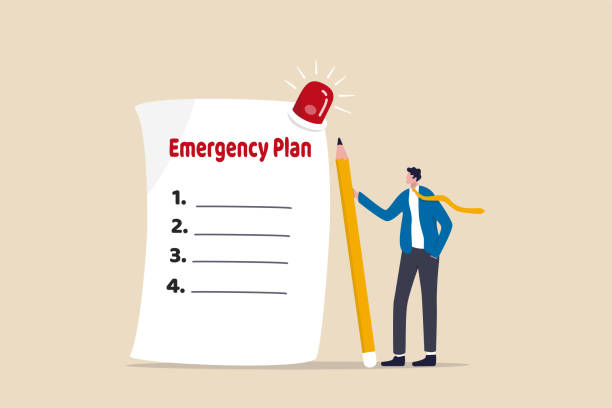
Building an emergency fund may seem daunting, but it’s achievable by following a few simple steps and making it a priority. Here’s a step-by-step guide to help you get started:
- Start Small and Build Momentum: Don’t be discouraged if you can’t save a large amount right away. Even setting aside a small amount each month, like $50 or $100, can help you build momentum and establish the habit of saving.
- Automate Your Savings: Set up automatic transfers from your checking account to a dedicated savings account for your emergency fund. This way, you’ll be saving without even thinking about it.
- Cut Back on Non-Essential Expenses: Take a close look at your monthly expenses and identify areas where you can cut back. Reduce or eliminate unnecessary expenses like dining out, subscriptions, or entertainment, and redirect those funds to your emergency fund.
- Increase Your Income: Consider taking on a side hustle or freelance work to boost your income and direct those extra earnings to your emergency fund. Even small amounts can add up quickly.
- Prioritize Your Emergency Fund: While it’s important to save for other financial goals, such as retirement or a down payment on a home, your emergency fund should be your top priority until you’ve reached your target amount.
- Use Windfalls Wisely: If you receive a tax refund, bonus, or inheritance, consider allocating a portion (or all) of it to your emergency fund.
- Celebrate Milestones: As you make progress toward your emergency fund goal, celebrate small milestones along the way. This will help you stay motivated and reinforce the habit of saving.
Where to Keep Your Emergency Fund
Once you’ve started building your emergency fund, it’s essential to keep it in a safe and accessible place. Here are some options to consider:
- High-Yield Savings Account: A high-yield savings account is a great option for your emergency fund. These accounts typically offer higher interest rates than traditional savings accounts, allowing your money to grow while remaining easily accessible.
- Money Market Account: A money market account is another option that typically offers higher interest rates than traditional savings accounts, but may come with higher minimum balance requirements.
- Short-Term Certificates of Deposit (CDs): If you’re comfortable with slightly less liquidity, you can consider short-term CDs, which generally offer higher interest rates than savings accounts. However, be mindful of early withdrawal penalties.
- Weighing Liquidity vs. Interest Rates: When choosing where to keep your emergency fund, consider the balance between liquidity (the ability to access your money quickly) and interest rates. While higher interest rates are appealing, you don’t want to sacrifice easy access to your funds in case of an emergency.
Maintaining and Replenishing Your Emergency Fund
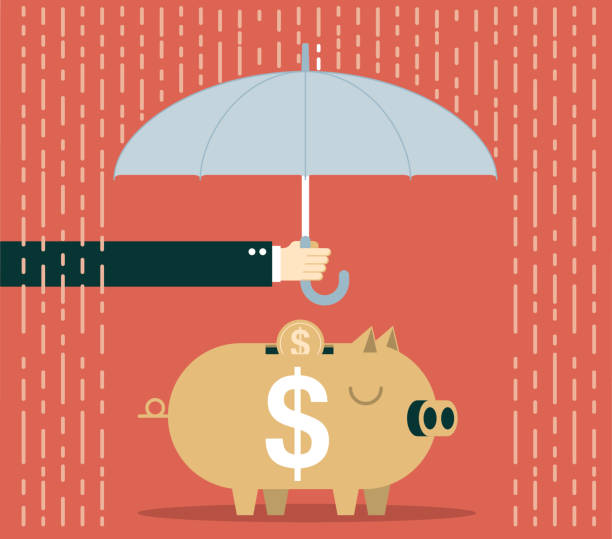
Building an emergency fund is just the first step. It’s equally important to maintain and replenish it over time. Here are some tips for doing so:
- Treat it as a Priority Expense: Just as you budget for rent, utilities, and other essential expenses, make regular contributions to your emergency fund a priority in your monthly budget.
- Avoid the Temptation to Dip Into It: Your emergency fund should only be used for true emergencies, not discretionary expenses or frivolous purchases. Resist the temptation to dip into it for non-emergencies.
- Replenish After an Emergency Withdrawal: If you need to use your emergency fund, make a plan to replenish it as soon as possible. Treat it like a loan to yourself and make regular “payments” until it’s fully replenished.
- Adjust Your Goal as Needed: As your life circumstances change (e.g., getting married, having children, or changing jobs), review and adjust your emergency fund goal accordingly.
Emergency Fund Alternatives and Complements
While an emergency fund should be the cornerstone of your financial safety net, there are other options and complements to consider:
- Home Equity Line of Credit (HELOC): If you own a home, a HELOC can provide access to funds in an emergency, using your home’s equity as collateral. However, this option comes with risks, such as the potential for foreclosure if you can’t repay the loan.
- Roth IRA Contributions: While not recommended as a primary emergency fund source, you can withdraw your contributions (not earnings) from a Roth IRA without penalty or taxes in case of an emergency.
- Credit Cards (as a Last Resort): Using credit cards for emergencies should be an absolute last resort, as the high interest rates can quickly compound the financial burden. If you do use credit cards, have a plan to pay off the balance as soon as possible.
Remember, these alternatives and complements should not replace a dedicated emergency fund but can serve as additional layers of protection in case of a significant financial setback.
Overcoming Common Obstacles to Building an Emergency Fund
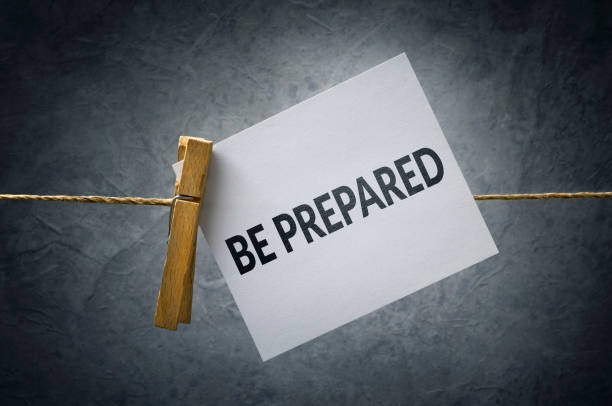
While building an emergency fund is crucial, it’s not always easy. Here are some common obstacles and tips for overcoming them:
- Living Paycheck-to-Paycheck:
- Start small and commit to saving even a small fixed amount each month ($25, $50)
- Look for ways to reduce expenses and redirect those savings
- Consider taking on a temporary side gig to boost your income
Existing Debt:
- Make a plan to pay off high-interest debt first
- Negotiate with creditors for lower interest rates or payment plans
- Put temporary holds on contributing to other goals to focus on debt
Lack of Financial Discipline:
- Automate your savings through direct deposit or automatic transfers
- Use cash envelope systems or budgeting apps to stay accountable
- Celebrate small wins along the way to stay motivated
Other tips:
- Track your progress visually (thermometer, chart) for extra motivation
- Find an accountability partner to keep you on track
- Remind yourself of your “why” – financial peace of mind, avoiding future debt
The Importance of an Emergency Fund at Different Life Stages
The need and purpose of an emergency fund can vary depending on your life stage:
Young Professionals
- Focus on job loss protection
- Build fund before taking on major debt (home, etc.)
- Smaller fund may suffice if no dependents
Families with Children
- Larger fund needed for added responsibilities
- Protect against income disruptions
- Child care costs, medical expenses to consider
Nearing Retirement
- Ensure fund can cover potential early retirement costs
- Medical costs become a higher priority
- Keep fund fully funded until retirement income secured
Retirees
- Protect retirement income/savings from large expenses
- Healthcare costs a major emergency to plan for
- Ensure estate planning in order
Adjusting your emergency fund size and mindset appropriately for your life stage ensures it can provide maximum protection.
Emergency Fund Success Stories
Hearing real examples of how an emergency fund helped others can provide motivation:
“Having an emergency fund allowed me to leave an unhealthy work situation without going into debt while finding a new job.” – Sarah M.
“When my car needed a $3,000 repair out of the blue, I was able to pay for it easily from my emergency savings without derailing my budget.” – Miguel R.
“My emergency fund gave me the flexibility to take a career risk and start my own business without going into the red during those first lean months.” – Devan T.
Even financial experts emphasize the importance:
“An emergency fund allows you to get back on your feet without increasing your debt load should an unplanned event occur.” – Dave Ramsey, Personal Finance Guru
The peace of mind and options an emergency fund provides is invaluable.
Frequently Asked Questions
How much is enough for an emergency fund?
Most experts recommend saving 3-6 months’ worth of living expenses as a starter emergency fund. However, the ideal amount can vary based on factors like job security, number of income sources, and financial responsibilities.
What qualifies as an emergency expense?
Emergency expenses are unexpected, necessary costs like medical bills, emergency home repairs, car repairs after an accident, or loss of income. Discretionary spending generally does not qualify.
Should I invest or save for an emergency fund first? Focus on building an emergency fund before investing for other long-term goals. The fund provides security and prevents being forced to dip into investments during a crisis.
How do I rebuild my emergency fund after using it? Treat refilling your emergency fund as a top priority expense in your budget. Review expenses to find areas to cut back and direct those savings back into rebuilding the fund quickly.
Can I use an emergency fund for expected expenses? No, an emergency fund should be used only for true emergencies or unplanned, necessary expenses that can’t be covered by your regular income or budget.
Remember, building a dedicated emergency fund provides tremendous peace of mind and financial security against life’s unexpected curveballs. While it requires discipline, the payoff of avoiding debt when an emergency strikes is invaluable.
If you have any doubts or queries, feel free to write to us. It would be a great pleasure to help you out.
